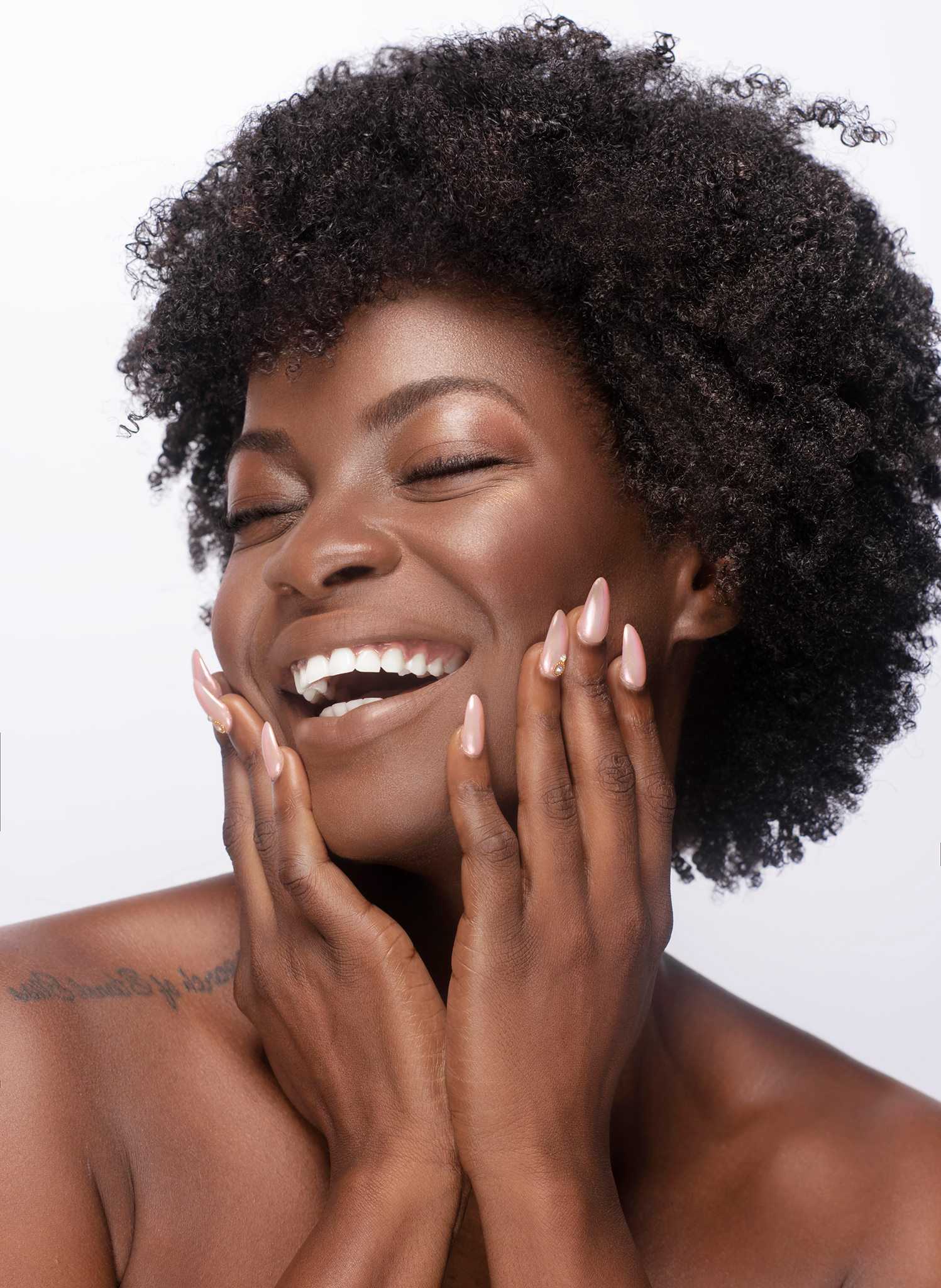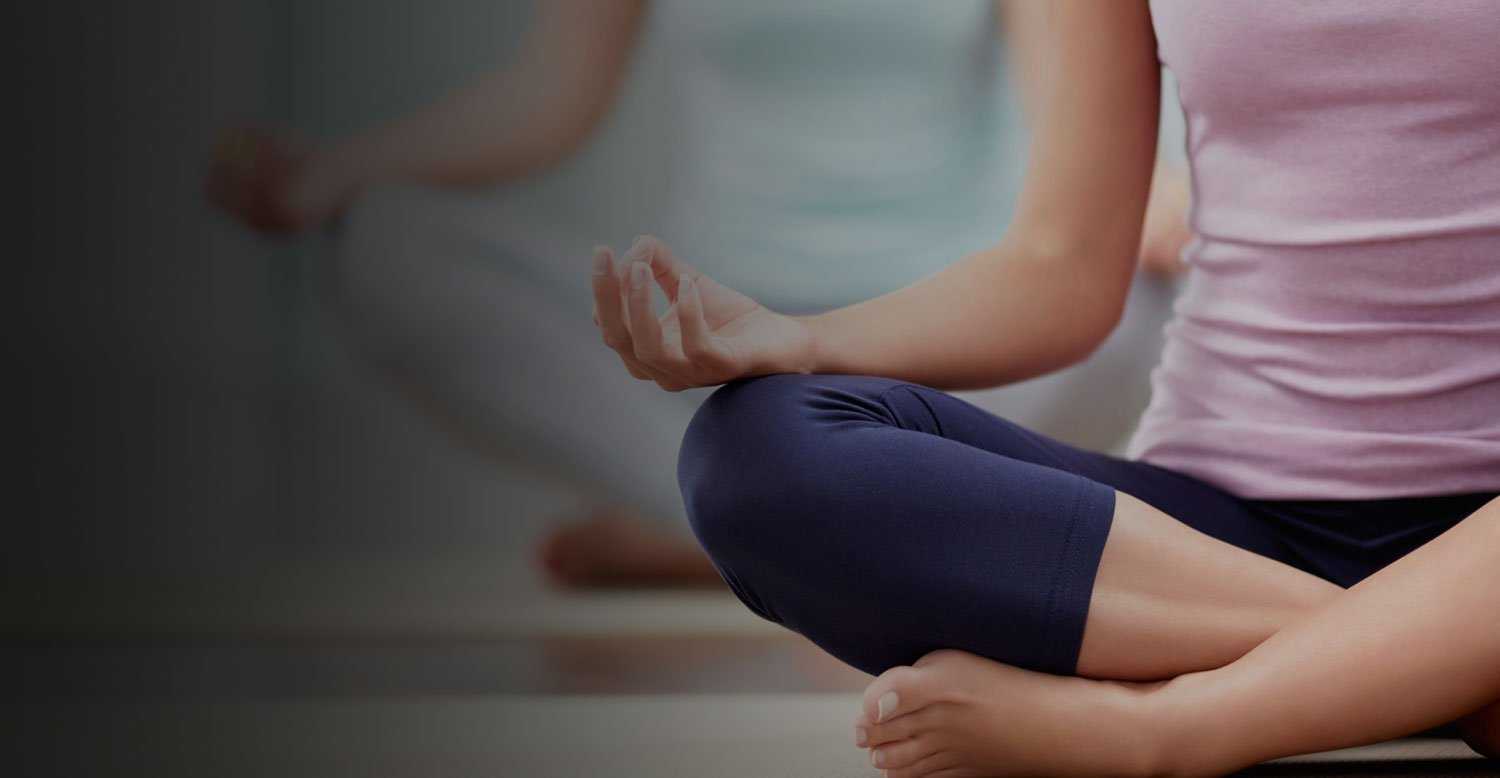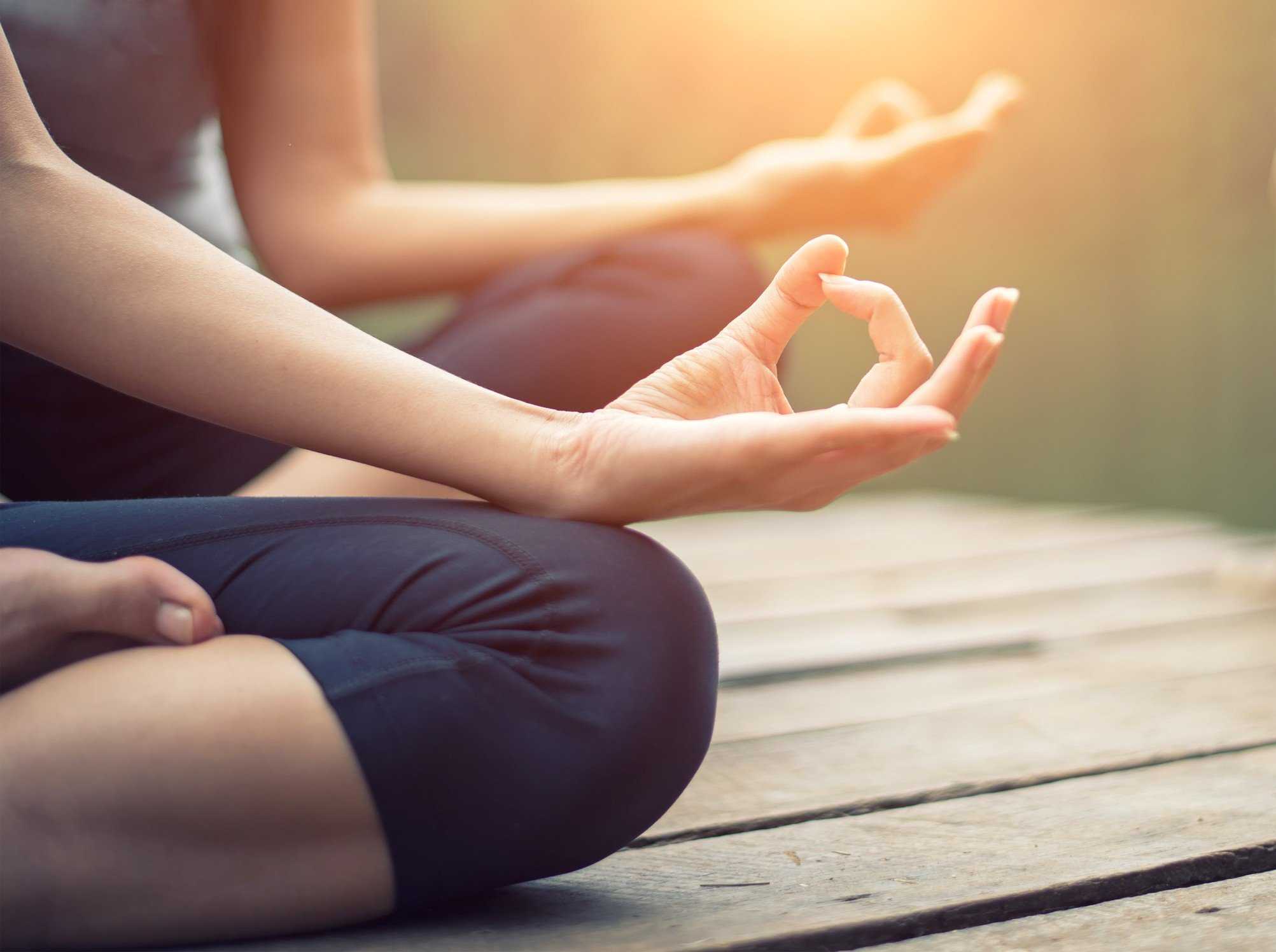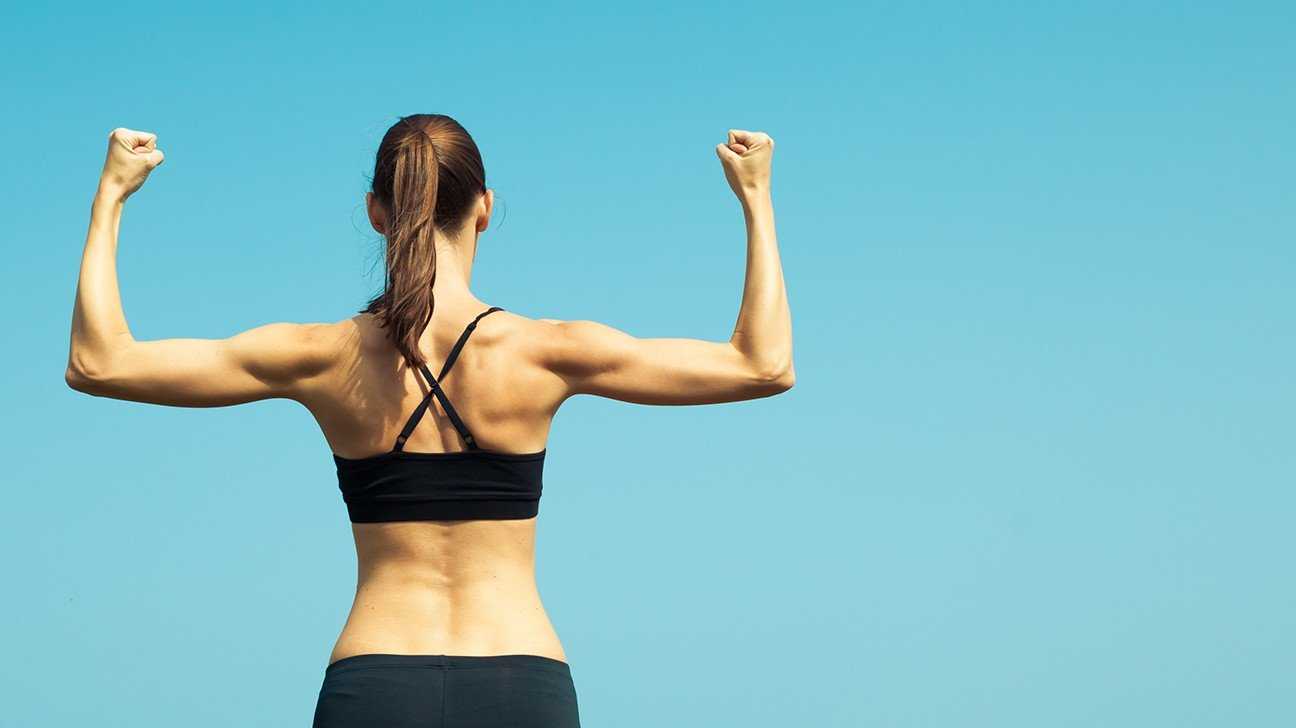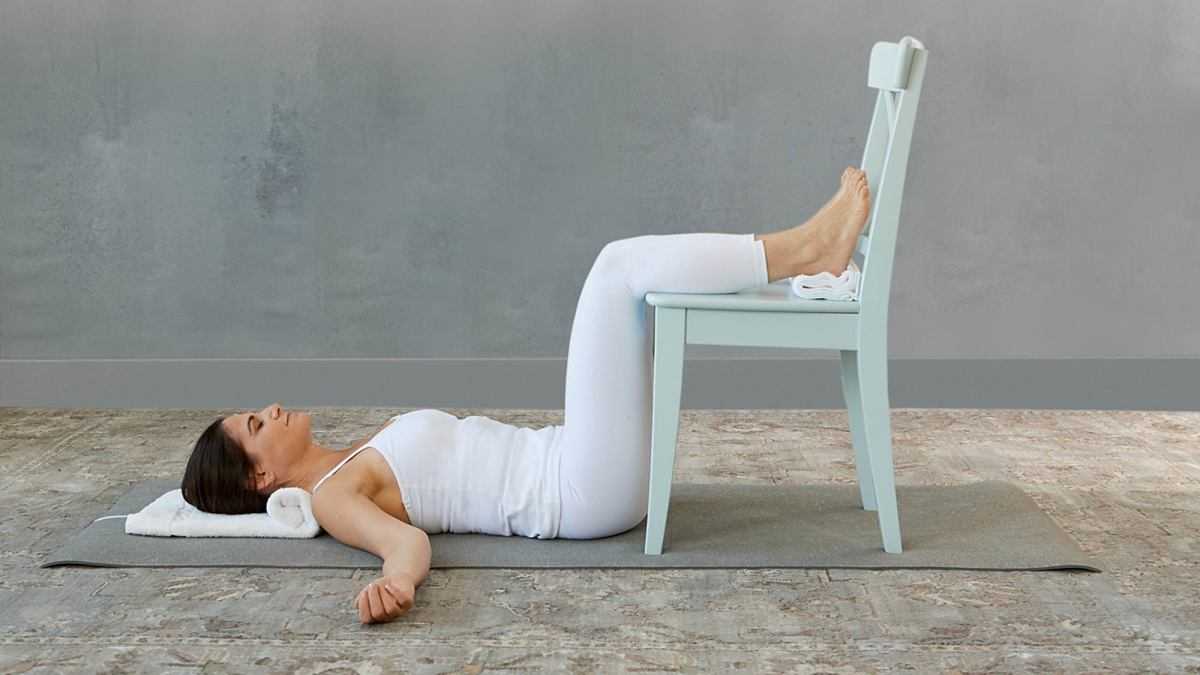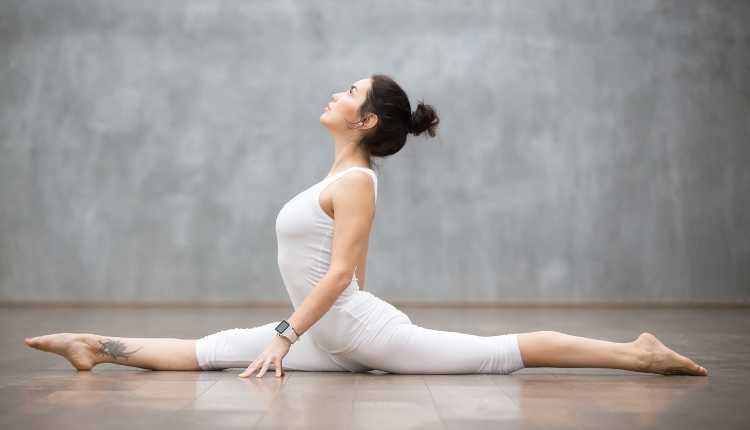By Geeta Maraj
October 23rd, 2013 Edition
This 12 position asana (exercise) in yoga is one of the most rewarding and energizing of stretches. The multifarious benefits to the body and health of the mind are remarkable. Best of all, with daily practice, it becomes a ritual infused with a spiritual understanding of who we are, it helps us to appreciate ourselves more and equally brings insight of how we are intricately intertwined with nature as a whole.
Surya Namaskar comes from the Sanskrit words ‘namaskar’ which means to bow or salute, and the word ‘surya’ which refers to the sun. Hence the beginning and the end of this routine consists of the joining of the hands in a prayer position (known as ‘mudra’ or gesture), with the thumbs touching the middle of the chest representing the touching of the heart, a place of absolute truth.
Surya Namaskar helps to strengthen the lungs preventing asthmatic tendencies; straightens and lends greater flexibility to the spine; strengthens the muscles of the body, thereby making the joint more lubricated and flexible; tightens the abdominal muscles preventing lower back pain and intestinal issues; increases blood flow to the brain, sharpening the mind and focus; detoxifies the body by removing harmful pollution from the blood; reduces anxiety and stress and in so doing prevents a series of harmful illness; keeps the body youthful and aids with weight loss.
There are a number of variations to this 12 position posture depending on the limitations of the body. For a healthy, flexible person, the more rigid form of this series can be practiced. However for those suffering from heart disease or high blood pressure, a more toned down version of the sun salutation is advised. The sequence described is for such individuals who wish to begin this superb asana:
Posture 1: Standing straight, with your legs together, inhale and bring the palms together in a prayer position to your chest.
Posture 2: Exhale and inhale again, raise your arms straight above your head, keeping your hands together in prayer position, pulling the spine upward. (If you are more flexible, you can try bending backwards so that the spine is curved backward).
Posture 3: Exhale as you come into a squat position by bending your knees, then place your hands flat on the floor beside your feet.
Posture 4: Inhale and slide your right leg back slowly to an outstretched position. The right knee and top of the foot should remain on the floor when you have stretched out your leg. Ensure that your hands and left foot should remain firmly on the ground with left knee directly above the left ankle. Let your hip weight drop down and forward. Breathe normally.
Posture 5: Inhale and slide the left leg back slowly, in line with the right, resting your weight mainly on your toes and hands. Keep your body and arms straight. If you have problems keeping body straight, or weight bearing mainly on your hands and toes, kneel down to take the pressure off your hands and toes.
Posture 6: Inhale and drop to the ground in a kneeling position (if you had your legs out straight) and breathe normally. Keep hands in same position as when you started the posture. Look forward and then up toward the ceiling, so as to arch your spine downward, to form a caved back. Then arch spine upward, to form a curved back by tucking your chin toward your chest and pushing your curved spine toward the ceiling.
Posture 7: Inhale and bring your spine in a straight position, parallel to the floor as you remain in the kneeling position. Then sit on your heels, (or attempt to sit on your heels) with your legs somewhat apart. Bring your head to the ground (this posture is referred to as the child’s posture) and breathe normally. If you cannot sit on your heels then just your bow your head toward the ground as best you can and hold the position for a few seconds, breathing normally.
Posture 8: Inhale and resume a kneeling position. Then as best you can swing your right leg forward next to your right hand, as in the position from which you begun. Look forward and continue to breathe normally.
Posture 9: As you inhale, swing your left leg forward next to the left hand. You should be in a squatting position once feet are back next to your hands, as in posture number 3. Continue to breathe normally and pay attention to your breath – that you are not holding your breath in an effort to maintain the posture.
Posture 10: Inhale and come to a GRADUAL standing position with your head bent, keeping your chin toward your chest. Ensure that you do this very slowly and do not rush the position or you can become dizzy. If you feel dizzy upon standing straight, it means you came into a standing position too quickly. Should this be the situation, close your eyes and breathe deep breaths bowing your head forward. Then straighten your head looking forward with chin parallel to the floor and spine upright.
Posture 11: As you inhale, raise your arms above your head in a prayer position, stretching your spine upward, as in posture 2.
Posture 12: Exhale and at the same time drop your arms with a slight force down to the side of your body. Inhale and bring the palms together in a prayer position to your chest and then relax.
By completing this twelve position series, you have only exercised the right half of your body. To exercise and stretch the left half of your body, you need to repeat the series, however as of posture 4, you begin with the left leg stretched backward first to be followed by the right. Beginners should only practice this series once or twice at the start and then build up to a sequence of about 6 cycles.


 Community News2 weeks ago
Community News2 weeks ago
 Community News1 week ago
Community News1 week ago
 Community News2 weeks ago
Community News2 weeks ago
 Community News2 weeks ago
Community News2 weeks ago
 Community News2 weeks ago
Community News2 weeks ago
 Community News2 weeks ago
Community News2 weeks ago
 Community News2 weeks ago
Community News2 weeks ago
 Community News5 days ago
Community News5 days ago


